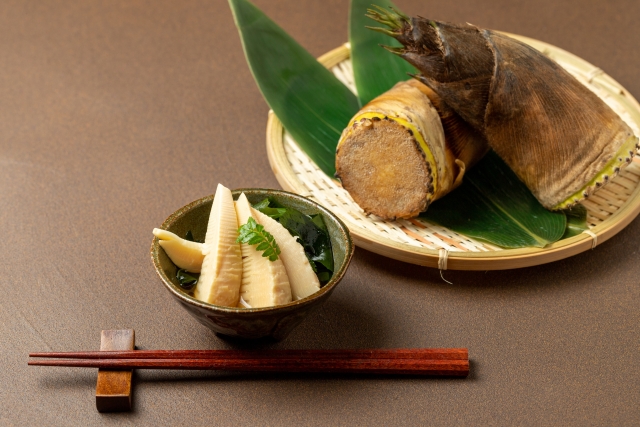One of the most beautiful concepts in Japanese food culture is the idea of shun (旬) — the precise moment when a food is at its seasonal peak. Unlike the broader idea of “in season,” shun refers to that fleeting window when an ingredient is at its absolute best: freshest, tastiest, and most nourishing.
In Japan, shun is more than a culinary idea — it’s a way of living in harmony with nature.
What Is Shun?
Shun can apply to everything from bamboo shoots in spring to persimmons in autumn. Each food has its true moment, and Japanese cuisine has long been designed to celebrate this transience. Chefs and home cooks alike adjust their meals throughout the year, not only for taste, but to reflect the changing seasons.
Shun also affects how food is presented. A simple miso soup with freshly harvested nanohana (rape blossom) in springtime, or a sashimi plate featuring buri (yellowtail) in winter — these meals are not just delicious, but deeply tied to the time of year.
The Joy of Hatsumono – First of the Season
There’s something special about tasting the very first crop of the season. In Japanese culture, this is called hatsumono (初物) — the “first thing.” It could be the year’s first batch of sweet corn, or the earliest harvest of mountain vegetables, anything!
Eating hatsumono is considered auspicious, a way to bring good fortune and health. There’s even a saying:
「初物を食べると七十五日長生きする」
(“Eat hatsumono, and you’ll live 75 days longer.”)
Aside from superstition, hatsumono is at its shun, therefore the nutrition level is at its best. Hatsumono connects us to time, place, and anticipation — it reminds us to slow down and savor what nature offers, moment by moment.
Shun in Daily Life
Even today, shun remains a powerful concept, despite the convenience of year-round imports and supermarkets. In fact, many people in Japan still plan meals around seasonal ingredients:
- Spring: bamboo shoots, strawberries, sakura shrimp
- Summer: eggplant, edamame, fresh yuzu
- Autumn: matsutake mushrooms, chestnuts, sanma (Pacific saury)
- Winter: daikon radish, mandarin oranges, oysters
Shun gives depth to meals and meaning to cooking. It reminds us that good food isn’t just about flavor — it’s about timing.
A Seasoned Perspective
As someone learning more about Japanese food culture, I find the idea of shun deeply inspiring. It’s not just about eating what’s fresh — it’s about living more attentively, noticing small seasonal changes, and honoring what nature gives us in the present moment.
I’m excited to bring this mindset into my own cooking and share the joy of shun through this blog. Whether it’s the first bite of new-season fruit or the simple pleasure of seasonal miso soup, I hope to capture those fleeting moments of deliciousness — and live just a little more in tune with the world around me.
Seasonal Reflections
Food tastes better when it’s in season — but more importantly, it means more. The concept of shun encourages us to pause, appreciate, and celebrate the moment. It’s not about perfection, but presence.
Next time you eat something seasonal, think of it not just as food — but as a signpost of time, tradition, and connection.


